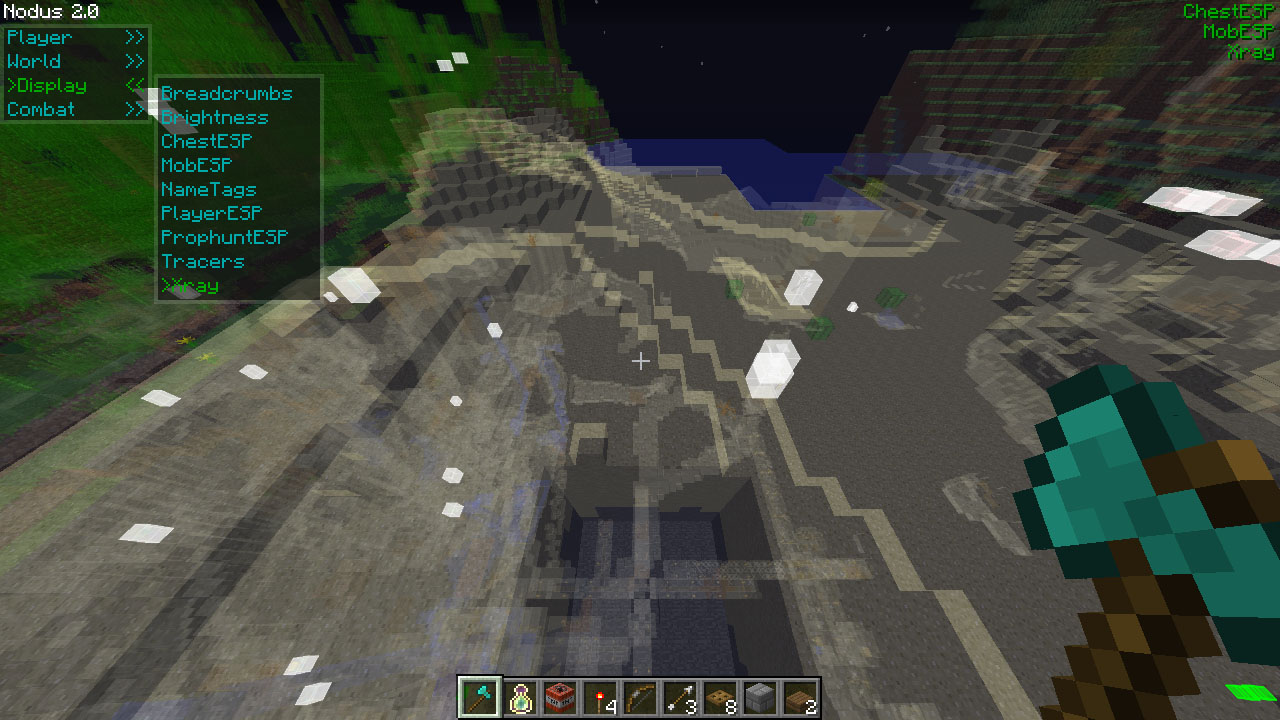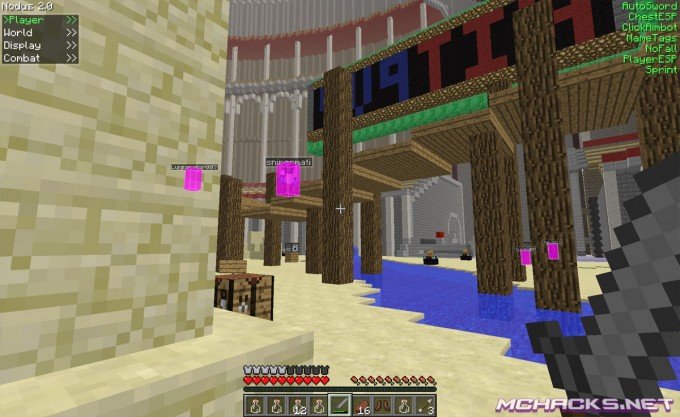

The example deployment manifests provide an example (commented out) for providing Custom configuration with an additional ConfigMap, mounted into the custom.d directory. This directory must be available inside the NFD worker container, so Volumes and VolumeMounts must be used for mounting e.g. This makes more dynamic and flexible configuration easier.

Additional configuration directoryĪdditionally to the rules defined in the nfd-worker configuration file, the Custom feature can read more configuration files located in the /etc/kubernetes/node-feature-discovery/custom.d/ directory. To aid in making Custom Features clearer, we define a general and a per rule nomenclature, keeping things as consistent as possible.
#Nodus feature list how to
See configuration for instructions and examples how to set-up and manage the worker configuration. The rules are specified in the nfd-worker configuration file. A rule is provided input witch affects its process of matching for a defined feature. The Custom feature source allows the user to define features based on a mix of predefined rules. Optional Cryptographic and CRC32 Instructions Support for Rounding Double Multiply Add/Subtract Half Precision(16bit) Asimd Data Processing Instructions Half Precision(16bit) Floating Point Data Processing Instructions Vector floating point instruction extension (VFP)Īrm64 CPUID attribute (partial list) AttributeĪnnouncing the Advanced Encryption Standard Integer divide instructions available in Thumb mode Integer divide instructions available in ARM mode Arm CPUID attribute (partial list) Attribute Multi-Precision Add-Carry Instruction Extensions (ADX)Īdvanced Encryption Standard (AES) New Instructions (AES-NI) X86 CPUID attributes (partial list) Attribute NOTE The cpuid features advertise supported CPU capabilities, that is, a capability might be supported but not enabled. By default, the following CPUID flags have been blacklisted: BMI1, BMI2, CLMUL, CMOV, CX16, ERMS, F16C, HTT, LZCNT, MMX, MMXEXT, NX, POPCNT, RDRAND, RDSEED, RDTSCP, SGX, SSE, SSE2, SSE3, SSE4.1, SSE4.2 and SSSE3. For examples and more information about configurability, see configuration. attributeWhitelist has priority over attributeBlacklist. With blacklist, only blacklisted attributes are filtered out. If whitelist is specified, only whitelisted attributes will be published. The (sub-)set of CPUID attributes to publish is configurable via the attributeBlacklist and attributeWhitelist cpuid options of the cpu source.

Intel Memory Bandwidth Allocation (MBA) Technology Set to ‘true' if cstates are set in the intel_idle driver, otherwise set to ‘false'. The value of the Intel pstate scaling_governor when in use, either ‘powersave' or ‘performance'. Set to ‘true' if turbo frequencies are enabled in Intel pstate driver, set to ‘false' if they have been disabled.
#Nodus feature list driver
The status of the Intel pstate driver when in use and enabled, either ‘active' or ‘passive'. Intel SST-BF ( Intel Speed Select Technology - Base frequency) enabled Hardware multithreading, such as Intel HTT, enabled (number of logical CPUs is greater than physical CPUs)

The cpu feature source supports the following labels: Feature name This includes any restrictions placed on the consecutive run, such as restricting discovered features with the -label-whitelist option. If features are not discovered on a consecutive run, the corresponding label will be removed.
#Nodus feature list update
Note: Consecutive runs of nfd-worker will update the labels on a given node. The -sources flag controls which sources to use for discovery. sriov.capable and nfigure from the network source. attribute-name) is optional, and only used if a feature logically has sub-hierarchy, e.g.


 0 kommentar(er)
0 kommentar(er)
